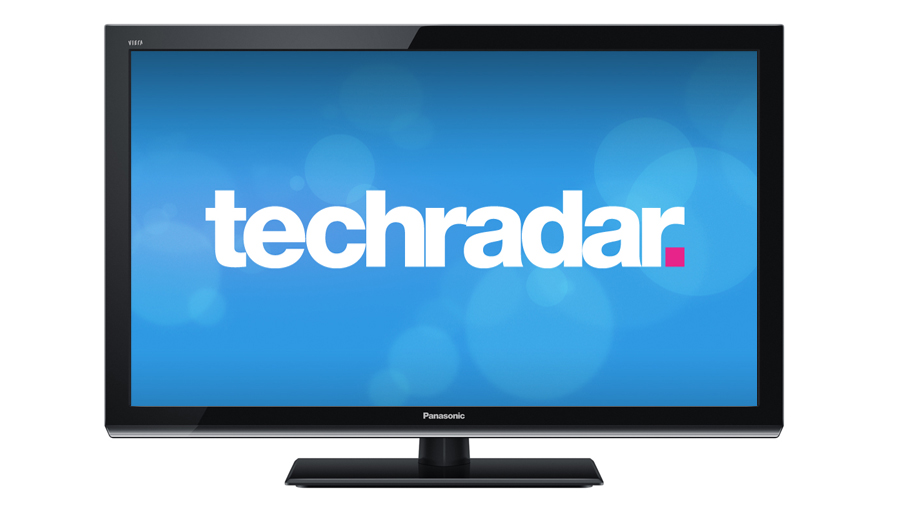Why you can trust TechRadar
It's been a while since we reviewed a TV with a basic HD-ready resolution, but the 1366 x 768 pixels on offer in the Panasonic TX-L32X5 – which constitute a one-megapixel image to a Full HD TV's two megapixels – will be fine for small spaces.
We liked
Well made and easy to use, there are enough pixels here to get a noticeably sharp picture from HD channels fetched from its built-in Freeview HD tuner, while standard definition fare was well treated. Colours are good, the viewing angle is wide, 'game' mode is surprisingly cinematic, and the SD card slot is a nice extra.
We disliked
Endemic motion blur is the biggest issue, although only an issue when watching Blu-ray discs. Blacks can look a little forced, sound is poor, and there's no FLAC music file support, but in terms of everyday use it's the isolated, cut-off electronic programme guide for Freeview HD that's the biggest disappointment.
Final verdict
Choosing an HD-ready TV over a Full HD version is risky if you plan to watch Blu-rays, but this 32-inch television from Panasonic's low-resolution panel proves capable at hiding the video nasties emanating from the soft, low resolution, low bit-rate standard definition channels that still make up the majority of most people's TV viewing.
There is some endemic motion blur on the Panasonic TX-L32X5 and it's a shame the Freeview HD electronic programme guide lacks a live TV thumbnail, but overall this is a reasonably good value attempt at a living room telly.
Also consider
The 32-inch TV sector no longer gets the attention it once did, but there is still some serious value in the former family-favourite size. Toshiba's 32DL933B also has an HD-ready resolution, although it adds a built-in DVD player, and sells for less than this Panasonic. Toshiba also makes a Full HD upgrade, the 32-inch 32HL933.
Samsung's UE32D5000, a benchmark product from last year, is still on sale for a similar price as the Panasonic TX-L32X5.
Jamie is a freelance tech, travel and space journalist based in the UK. He’s been writing regularly for Techradar since it was launched in 2008 and also writes regularly for Forbes, The Telegraph, the South China Morning Post, Sky & Telescope and the Sky At Night magazine as well as other Future titles T3, Digital Camera World, All About Space and Space.com. He also edits two of his own websites, TravGear.com and WhenIsTheNextEclipse.com that reflect his obsession with travel gear and solar eclipse travel. He is the author of A Stargazing Program For Beginners (Springer, 2015),

